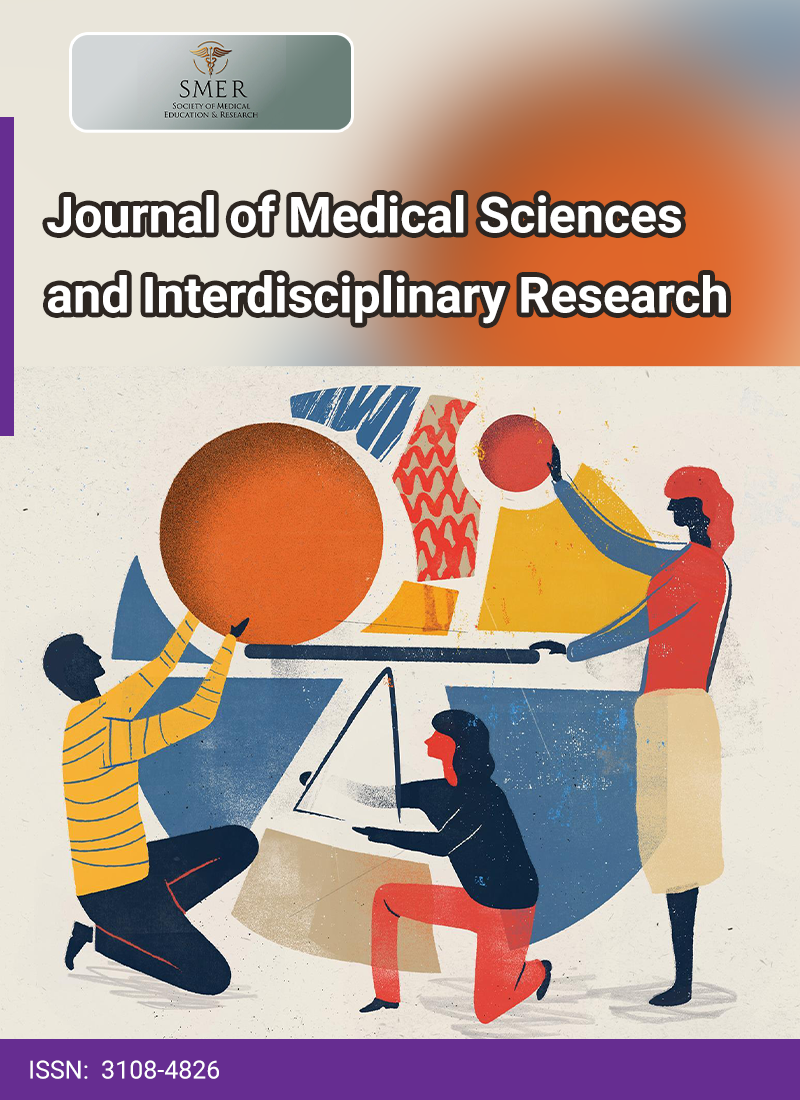
Amoebiasis remains a notable invasive infection affecting both the intestinal and extraintestinal systems. The present investigation aims to explore the epidemiological characteristics of intestinal amoebiasis among a cohort of 296 stool samples collected from Iraqi patients. In this investigation, PCR analysis was performed on samples from 296 individuals who were identified as microscopically positive. Molecular diagnostics revealed the presence of Entamoeba (E.) histolytica in 144 cases (48.64%), E. dispar in 91 cases (30.74%), and E. moskovski in 52 cases (17.56%). Coinfection with E. histolytica and E. dispar was noted in 9 cases (3.04%). PCR-positive isolates were further analyzed to determine the presence of E. histolytica virulence markers, with 61 samples (42.36%) testing positive for the cysteine proteases gene, 50 (34.72%) for the amoebapore gene, and 33 (22.91%) for the lectin gene. Sequencing of these virulence genes—cysteine protease, amoebapore, and Gal/GalNAc lectin—in locally obtained E. histolytica strains revealed nucleotide homology as well as mutational substitutions across all three genes. Phylogenetic analysis of the partial sequence of the cysteine protease gene indicated close genetic proximity to the E. histolytica strain (M27307.1) listed in the NCBI-BLAST database, with observed genetic variation ranging from 0.0020% to 0.0050%. A similar analysis based on the partial sequence of the amoebapore B gene demonstrated alignment with the E. histolytica strain (MS30-1047), with a variation range of 0.020% to 0.050%. In addition, phylogenetic reconstruction using partial sequences of the Gal/GalNAc lectin gene from local isolates revealed a close genetic relationship to the E. histolytica HM-1:IMSS strain (AP023115.1), with differences ranging from 0.0080% to 0.0020%.